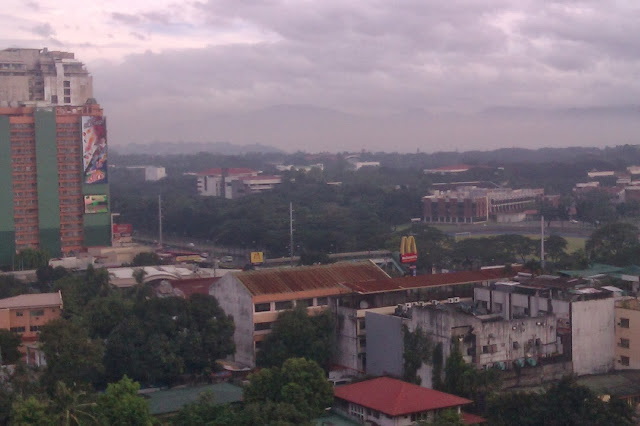Saved by a mango tree
When reading any disaster report, regardless of the magnitude of the devastation, it’s not difficult to keep the suffering at arm’s length. In fact, I find it surprisingly easy to lose myself in lists and numbers, especially when the casualties are higher than I can really comprehend.
What does it actually feel like when a storm kills more than a thousand people in your hometown? When a raging river washes away an entire neighborhood in a single night? When a drowning person calls to you for help and you are not able to save them? These thoughts are too frightening. I have realized it is not something I can truly grasp, without having directly experienced it myself.
I have been to Cagayan de Oro a few times now, a city in northern Mindanao that was badly hit by tropical storm Sendong in 2011. However, it was only on my last visit that we went to the Isla de Oro, one of the ‘ground zero’ neighborhoods. Two years after the storm, it was like a ghost town. Not a single other person was around and only unrecognizable heaps of rubble marked the spots where houses once stood.
Of course, I was already well aware that many people died here. That many people lost loved ones here. That many more people lost their homes. I already knew this, because Cordaid and the Peace and Equity Foundation are helping more than 3000 families build new houses in Cagayan de Oro, safely away from the river.
While our Disaster Response unit has provided a grant to organize the communities and the paperwork for relocation, our Investments unit has provided a guarantee fund for families to be able to access a community mortgage from the government. But somehow, knowing it and truly grasping it is something different entirely.
As we walk through the remains of the Isla de Oro neighborhood, we come upon a tall tree, with a small sign next to it: “This mango tree saved more than 50 people, residents of Isla de Oro, at the height of the unprecedented flooding caused by Tropical Storm Sendong last December 16, 2011.”
This sign catches me off guard. Although it mentions survivors, not casualties, it causes me to have an almost visceral reaction. Apparently, as opposed to the 1000 deaths, 20.000 damaged houses, and 3000 families being relocated in this project, 50 people holding onto a mango tree is something that I can actually visualize. Unlike lists and numbers in a report, that image is much harder to keep at arm’s length.
Crossed posted from Cordaid



